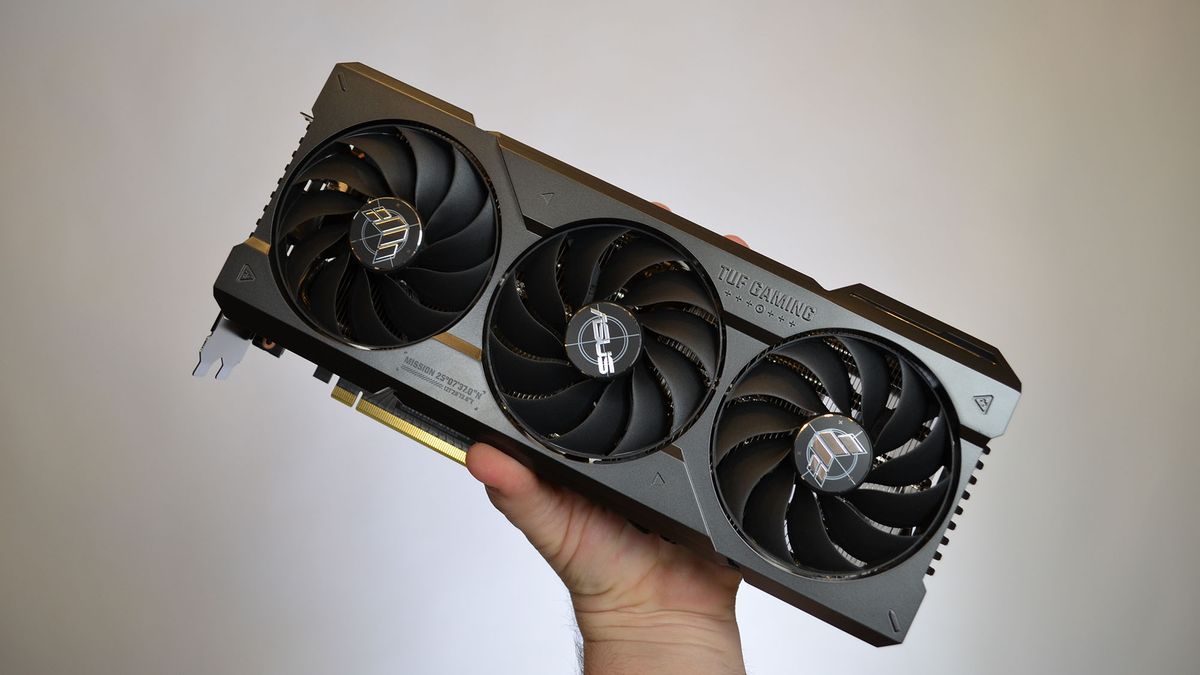The release of the Nvidia RTX 4070 looks to be getting closer if there is a new report, and it could just be the most accessible next-gen graphics card most people will be able to buy in the next few months.
The new report comes from VideoCardz (opens in new tab), who shared a screenshot of an Nvidia GeForce Desktop embargo timeline allegedly sent to Nvidia’s board partners. The information, most of which is blurry or “TBD,” has the on-shelf date for the RTX 4070 as April 2023, although it doesn’t specify which part of the month.
Of course, take this with a grain of salt as Nvidia hasn’t said anything official yet, but with the release of the RTX4090, RTX4080And RTX 4070 Tithe RTX 4070 and RTX 4060 Ti are definitely coming sooner rather than later, and April 2023 is almost two months away at this point, so that’s definitely a credible timeline.
We’ll get a better feeling once the benchmarks leak out as we get closer to the launch date, so now’s definitely the time to keep an eye out for any news on what we’re hoping for best graphics card for most people in the market.
The RTX 4070 is likely to be the first accessible graphics card for most people
One of the reasons we’re all excited about the RTX 4070 announcement is that, let’s face it, graphics card prices have gotten out of hand in the past few years.
Even without the complete unavailability of GPU stocks during the recent crypto bubble, inflation in graphics card prices is a major concern. The AMD Radeon RX7900XTX received high praise from us for its excellent performance while keeping its price “under” $1,000 (it has an official MSRP of $999.99).
After third-party RTX 3090 Ti cards regularly fetched $2,000 and the Nvidia RTX 4080 MSRP was $1,199, gamers everywhere became incredibly frustrated at being banned from next-gen cards for their frankly outrageous prices. Even the RTX 4070 Ti has an MSRP of “only” $799.99.
An RTX 4070 non-Ti should be the first next-gen card to come in under $700 and hopefully under $600, a price point that would at least put it closer to the budget of many gamers out there who will be a lot more budget conscious than one in the past few years.
It would also go a long way towards negating one of AMD’s biggest advantages over the RTX 40-series GPUs, but whether that’s enough to inspire Nvidia to change the pace remains to be seen.





